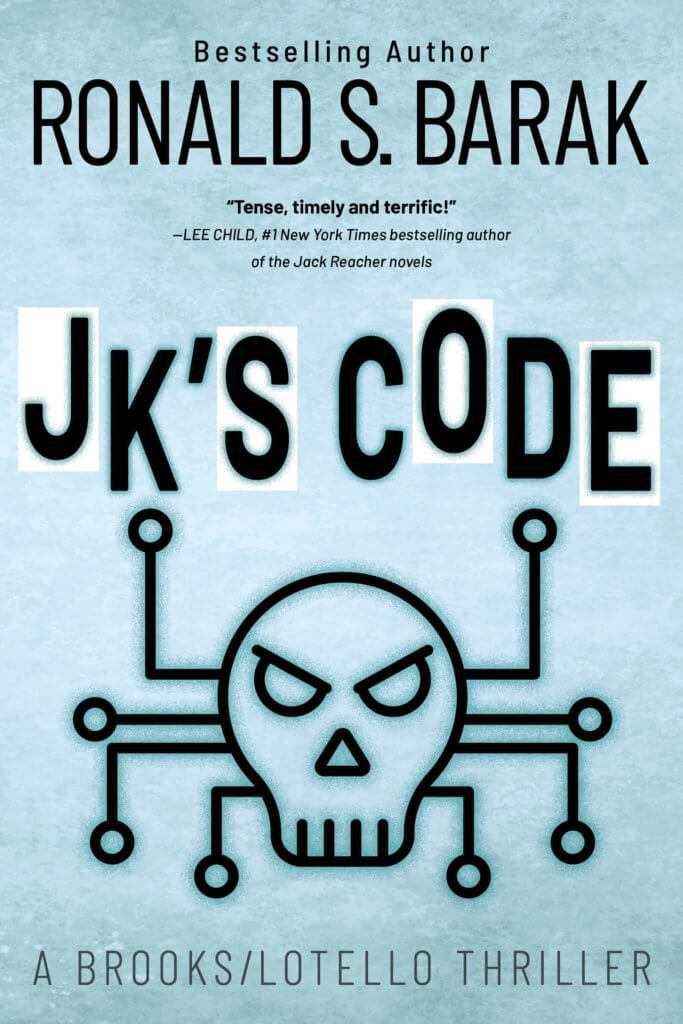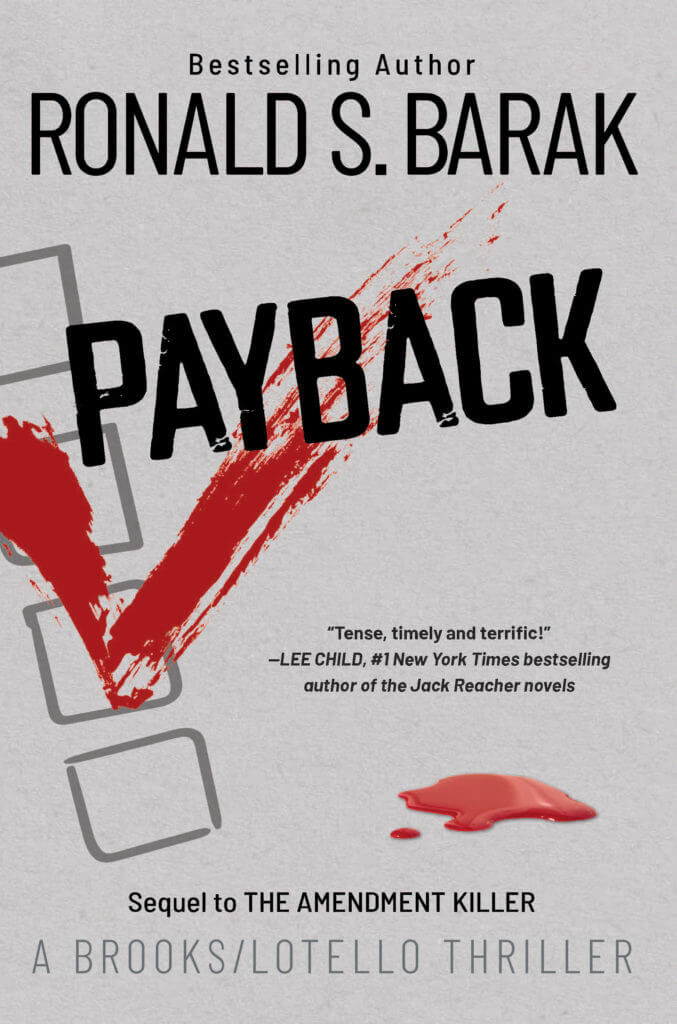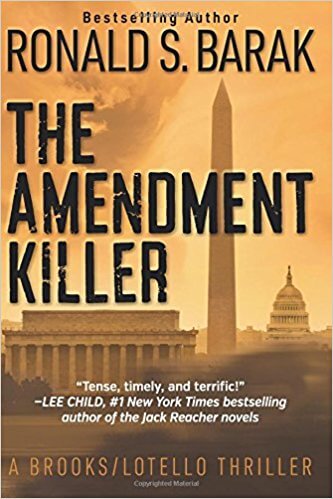 Just When You Thought It Couldn’t Get Any . . . ?
Just When You Thought It Couldn’t Get Any . . . ?
First, a Brief Journey Through U.S. History
If you can still remember High School, then you’ll also remember studying several landmark U.S. Supreme Court cases, including:
Dred Scott v. Sanford (1857)
Held an African American was not a citizen and a slave was his “masters” property.
Plessy v. Ferguson (1896)
Held segregation was constitutional so long as separate facilities were “equal.”
Shelley v. Kraemer (1948)
Held unconstitutional and unenforceable any “restrictive covenant” recorded on land which would prevent members of any race from owning or occupying that land, or any property on that land.
Brown v. Board of Education (1954)
Reversed the Plessy “separate but equal” ruling, holding that segregated educational facilities are a denial of constitutionally guaranteed “equal protection.”
Following the Shelley and Brown decisions, civil rights advocates thought they had died and gone to heaven.
And now? Well, let’s see:
The Meaning of “Politically Correct”
According to Wikipedia, the original meaning ascribed to the term “politically correct” (PC) was the use of language, policies, practices and measures intended to avoid offense or disadvantage to members of a particular group.
Sounds noble, right? Here’s what the Urban Dictionary has to say about the subject: “A way that we speak so we don’t offend whining [an informal name for female genitalia beginning with the letter “p”]. Only pathetically weak people that don’t have the [an informal name for male genitalia beginning with the letter “b”] to say what they feel and mean are politically correct [the same informal name for female genitalia beginning with the letter “p”].” (Apparently the authors of the Urban Dictionary have not taken any courses on the craft of writing, which advocates against using the same term more than once within the same paragraph—unless done for effect.)
According to PC advocates, it would not be PC to call an African American a “nigger.” And it would probably not be PC to call an African American a “black.” According to PC advocates, “intention” has no place in assessing whether any words or practices are PC. To them, it is a zero tolerance, no exceptions rule. Period.
One might sympathize in the case of a speaker calling African Americans “niggers.” However, plenty of African Americans use the term endearingly in addressing their fellow African Americans. So, to those zero tolerance PC advocates, those African American speakers are not PC. Perhaps these advocates would say that anyone who spreads or condones the use of such an expression is simply not PC. Period. “Intentionalists” (not sure there’s actually such a word, but I think you get my drift) would counter that whether A is not PC when he calls B a “nigger” depends on whether A meant to disadvantage or demean B, or the class of persons which includes B.
To make the point that whether an expression is or is not PC is not so obvious (if I wasn’t so PC, I would have said is not so black and white), let’s consider one more example: In the movie Fences, playing in a theater near you, Denzel Washington frequently refers to African American’s as “niggers.” Did Denzel, or his character, or the writer of the underlying script, mean to disadvantage or demean any African American or the class of African Americans? I suspect they would say that there is an exception for “art” or “political advocacy.”
So, in the sake of moving on here, I think we must concede that there is some question about the propriety of those “absolutists” who insist on zero tolerance.
The Evolution of PC
There are certainly lots of expressions that are no less suspect than “nigger.” Consider, for example, “faggot,” “Yid,” “Jap,” “Wop,” “Chink,” “round eyes” (what persons of Japanese origin often use to refer to a Caucasian). The same with actions: Not only “niggers” not welcome here,” but also “African Americans not welcome here.” PC expressions apparently don’t overcome actions that are not PC.
If this subject was not already a bit too . . . vague, how about someone who throws a party and offers up a taco bar or a sushi bar? (And what about a liquor bar when we take into account the feelings of those who don’t imbibe?) Imagine if they have all three! And what about a person who wears a sombrero to a costume party, or a Frankenstein mask (c’mon, lack of respect for the not so pretty people or those who suffer from arthritis and walk stiffly).
So, again, what about intentions, context and . . . common sense?
Safe Space
And then PC begat safe space (SS), another rapidly evolving concept. Until a couple of years ago, a SS referred to a room where people could temporarily meet in order to discuss problems in a forum where they were sheltered from words and actions not PC. First temporary in nature, these SS began morphing into permanent ones, for example on campus segregated student housing and dining facilities. Not enough to be spared from hearing the “hostile” thoughts and ideas of people who are . . . different, why should SS advocates even have to see people who are different, or be near them, especially if the “well-being” of those who feel their “safety” is threatened depends on living with their own . . . kind.
Among the 14-page list of demands made by a group of Oberlin students about a year ago was that “spaces throughout the Oberlin College campus be designated as a safe space for Africana identifying students.” Oberlin’s president refused, noting that the whole list “explicitly rejects the notion of collaborative engagement.” Guess we won’t characterize Oberlin’s president as PC.
But other administrators appear to be falling over themselves to be PC and to satisfy such demands. After the UC Irvine Black Student Union demanded the creation of a Black Scholars’ Hall (“a safe space where Black history, culture, and intellectual thought is celebrated,” according to the petition) in 2015, the initiative was approved within the year. Under the guise of establishing so-called living-learning communities, similar accommodation is provided at UC Santa Barbara and UC Berkeley. The Social Justice Living Learning Community offered by the University of North Dakota indicates that the balkanization of accommodation extends beyond ethnicity to students’ political convictions, too.
It seems the cultivation of identity has encouraged such a psychic and emotional distance between people that some prefer to stay in their bubble everywhere they go. In this vein, Northwestern President Morton Schapiro wrote in the Washington Post last year that it is understandable that black students eating in the cafeteria would not want white undergraduates to join them. “We all deserve safe spaces,” he wrote, and “black students had every right to enjoy their lunches in peace.” Is it PC to inquire whose money is to be used, or is being used, to fund such a permanent SS?
Schapiro’s premise is that everyone should have a place — apparently even a place in the dining hall — where they are sheltered from dissimilar people. He enthusiastically cited a Jewish Northwestern graduate’s endorsement of her own safe space, Hillel House. “She knew that when she was there,” Shapiro commented, “she could relax and not worry about being interrogated by non-Jews about Israeli politics or other concerns.” Again, is it PC to inquire whose money is to be used, or is being used, to fund such a permanent SS?
There are worrying signs that future undergraduates will be even more disposed to embrace such self-segregation than those today. A leader of UCLA’s Bruin Republicans describes her group as “a space [in her defense, she apparently was referring to the organization, but not any particular physical space] for conservative students to share their opinion without facing criticism or attacks from faculty and students who disagree with them.” Next up, a “Not My President” student housing and dining facility?
Encouraging students to engage with the unfamiliar and account for their ideas used to be one of attributes of a vibrant academic institution. Today’s university managers, however, are more likely to be complicit in relieving students of the uncomfortable burden of “being interrogated” by those with a different view. And where is the poor African American student to live if he or she would actually like to engage with others of a different . . . color?
Coming Full Circle
Ironically, it now seems that Brown v. Board of Education is out and Plessy v. Ferguson is back in. Now isn’t that . . . progress? I guess it all comes down to who’s answering the question–and doing the separating.
Join the discussion either by logging in just below or by signing into your favorite social media outlet. If you’re having trouble, please follow these instructions to guide you! Thanks!







